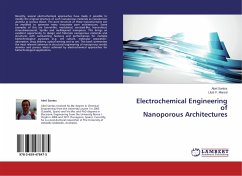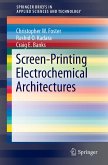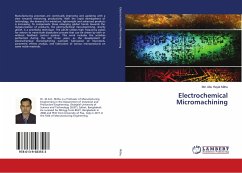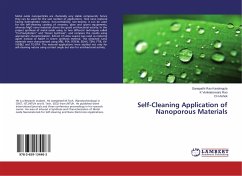Recently, several electrochemical approaches have made it possible to modify the original structure of such nanoporous materials as nanoporous alumina or porous silicon. The pore structure of these nanostructures can be modified to generate many innovative pore architectures. Some examples of this are funnel-like, modulated, serrated-like, hierarchical, three-dimensional, tip-like and multilayered nanopores. This brings an excellent opportunity to design and fabricate nanoporous materials and structures with outstanding features and performances for multiple biotechnological purposes (e.g. cell culture, molecular separation-adsorption, drug delivery, optical sensing and so on). This book summarises the most relevant advances in structural engineering of nanoporous anodic alumina and porous silicon achieved by electrochemical approaches for biotechnological applications.








